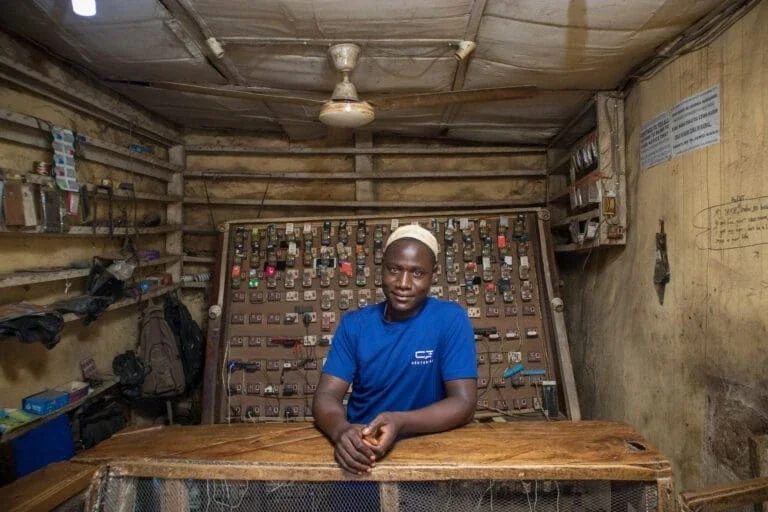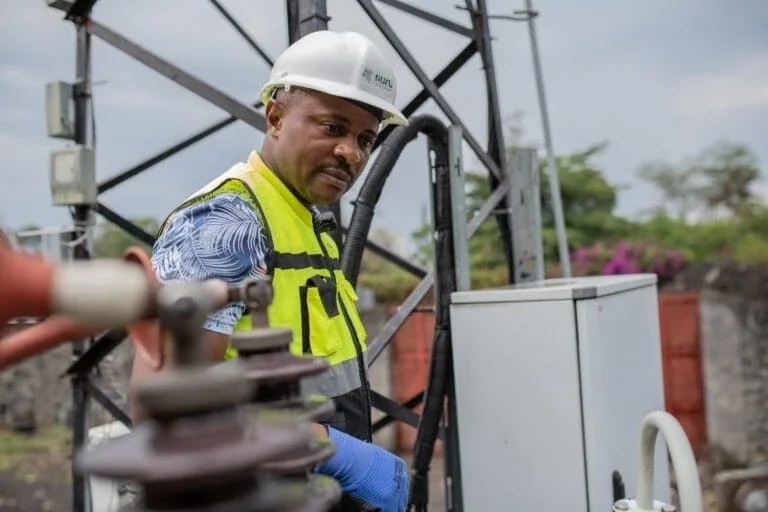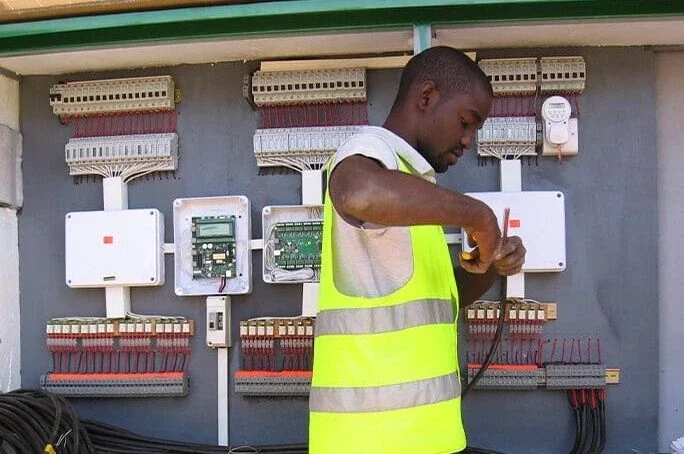Energy for Jobs. In World Bank President Ajay Banga’s own words, the World Bank is focused on deploying “finance for infrastructure, education, healthcare, and food security…the enabling infrastructure for people and businesses to thrive.” That means jobs. According to the World Bank, “Over the next decade, 1.2 billion young people will reach working age in developing countries, yet only 420 million jobs are expected to be created under the current trajectory.” Mission 300 is designed to focus on “productive uses of energy,” or in other words, energy that leads to jobs and greater productivity. It has become well settled with evidence that “no country has developed without increasing energy use.” Or as my friend Todd Moss has written with a cool graphic, “high energy, low income countries do not exist.”
Even U.S. Secretary of Energy Chris Wright recently noted in a conference on African energy that energy is the key to “human possibility, human opportunity, and the quality of life.” We all agree. Watch for Mission 300 in the coming months to significantly step up its game in finding ways to work with industry to use energy to drive economic growth. We just wrote a blog, for example, that makes the case that AI and crypto can help make electricity more accessible to Africa’s poor by essentially subsidizing the cost of mini-grids.
Technology Agnostic. African countries and Africans should be able to take advantage of their own resources and tap into the energy sources — whatever they are — that will be the most commercially viable and cost competitive over time. In other words, we do not need to favor any one technology over any other. I’ve always felt that way.
Banga also has been consistent about natural gas playing a key part in Africa’s energy transition. He recently said that Africa’s energy strategy should include everything from wind, solar, geothermal power, hydroelectric power, gas, and even nuclear power “where it makes sense.” Nuclear is something new that Banga is pushing and has scheduled a discussion with his Board in June to help change the Bank’s policy to allow for investment in nuclear. Don’t look for Mission 300 to be rolling out nuclear power by 2030 in Africa because it takes time and is not the most affordable form of power right now, but we need to start somewhere so that the cost curve can come down eventually.
Energy for stability. Migration continues to be one of the hottest political issues. While the evidence is mixed about whether getting people access to electricity will prevent people from leaving their countries, the reality is that people are increasingly on the move. They migrate — mostly within their countries to cities — where there is infrastructure (electricity, internet, transport, etc.) that supports jobs and services and to places where they can increase their incomes. More efficient farming practices (e.g., solar water pumps), cold storage (less crop loss) and even internet access to learn about pricing of products all require electricity.
By focusing on productive use levels of electricity, even in rural areas, Mission 300 is helping increase incomes that will help stem migration. And Mission 300 also is working on providing more reliable electricity within African urban areas to allow African industries to compete and grow, which is essential to creating the hundreds of millions of new jobs needed to keep up with Africa’s growth. If there aren’t jobs (and jobs need electricity!) people will migrate.
In a recent blog, Banga wrote:



